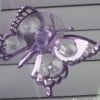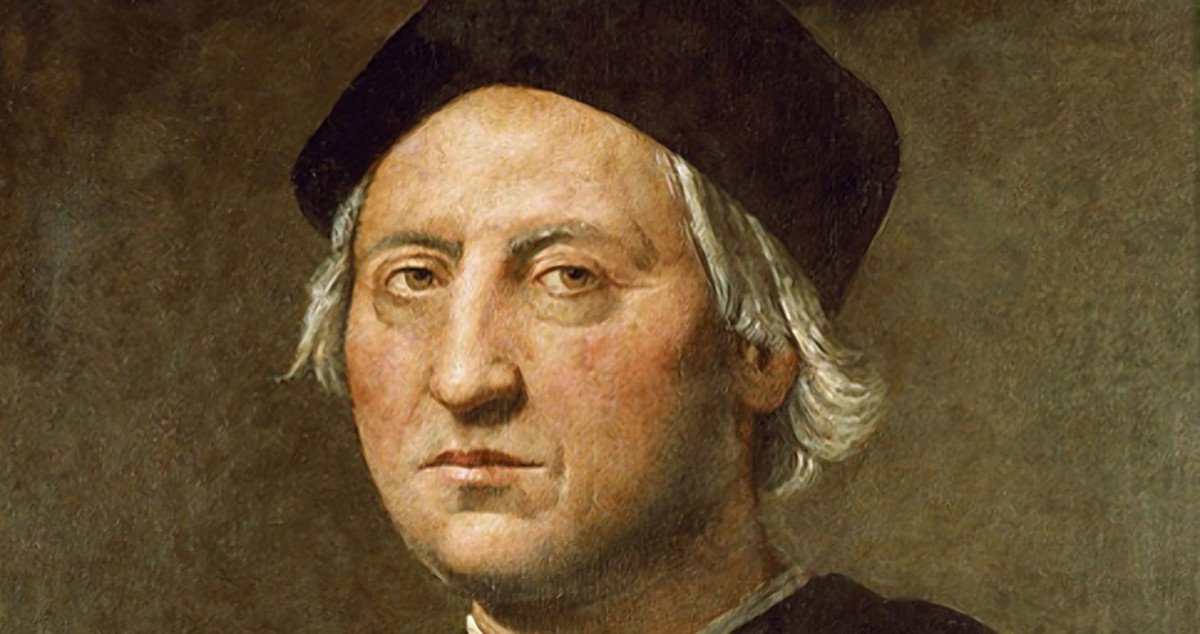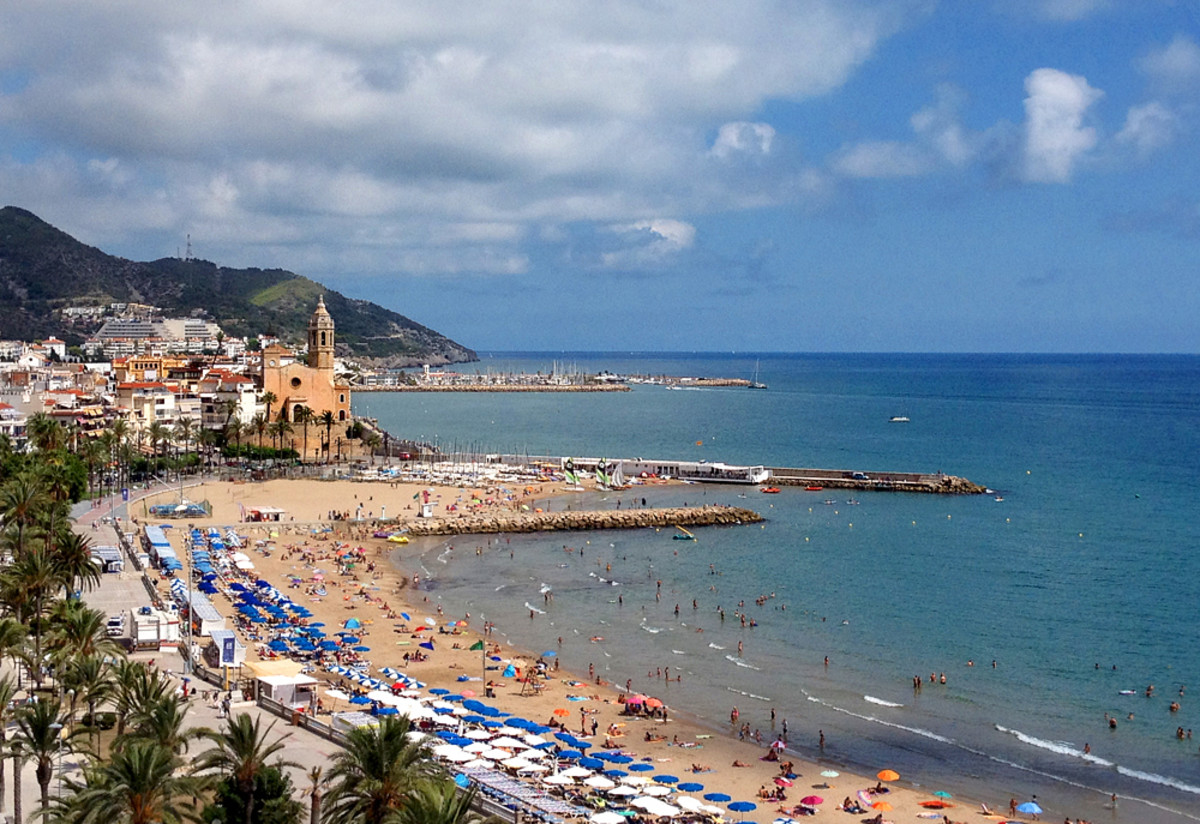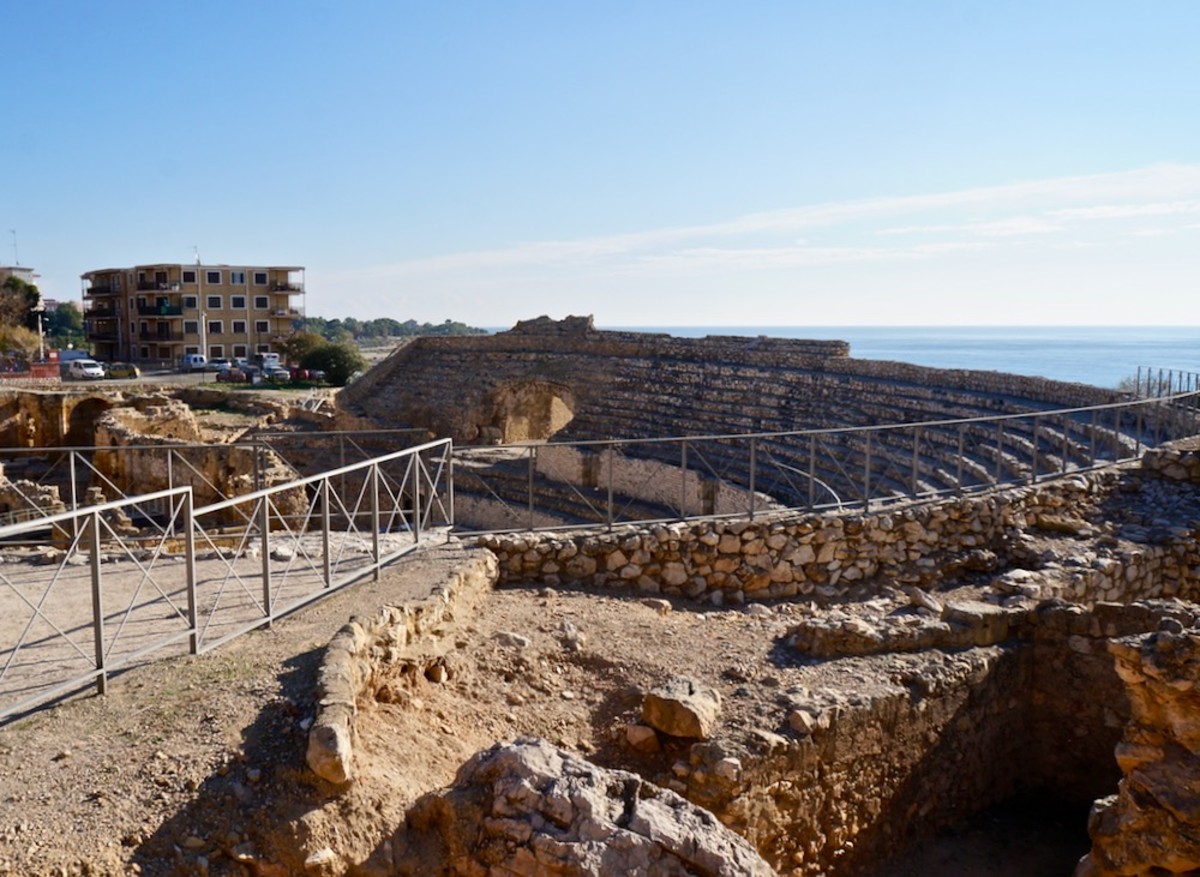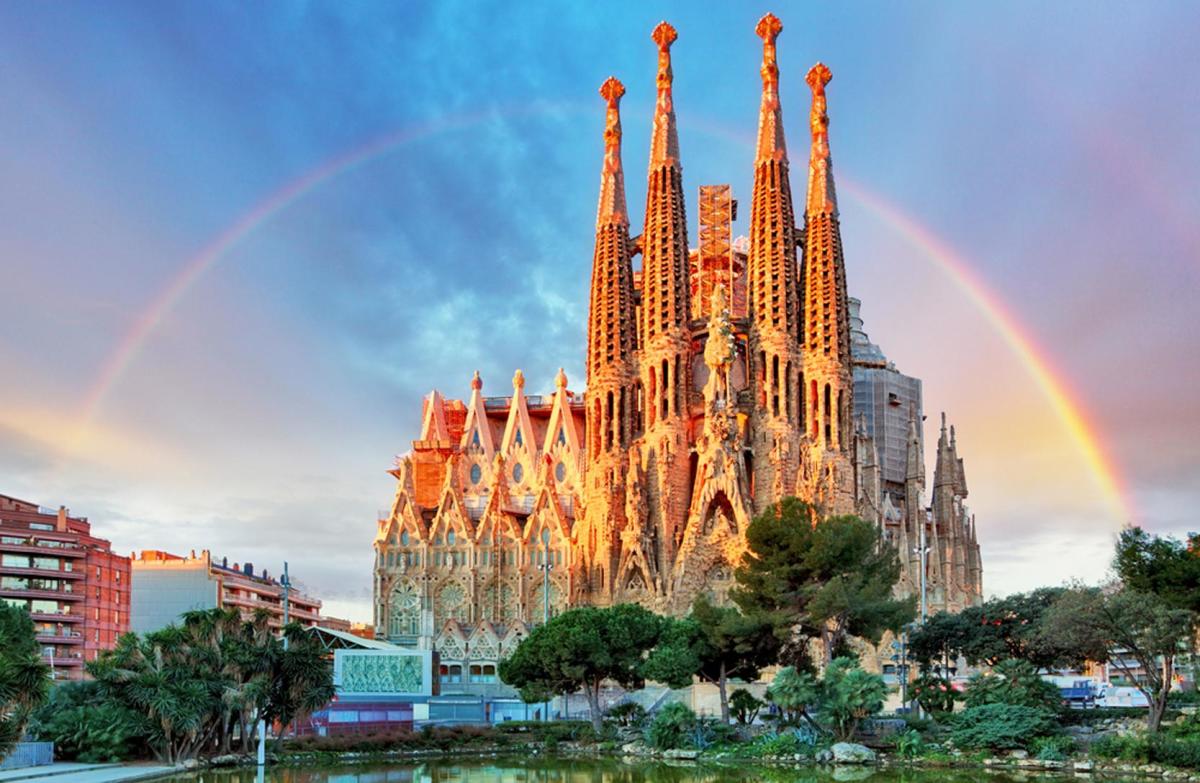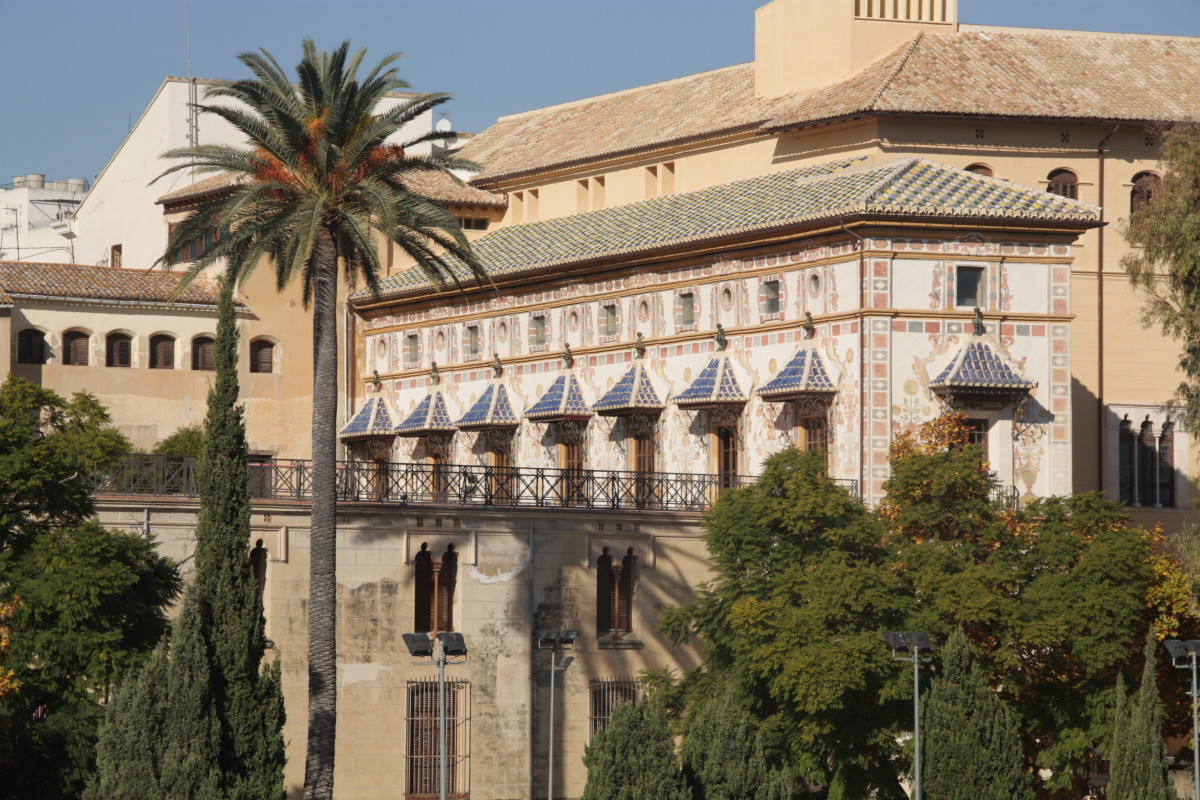Cadiz, Spain - Land of Equestrian Art, Flamenco and Wine
At the far western end of the island on which the city of Cádiz is built, there is a delightfully cool park, the Parque Genovés, with a botanic garden. It is a calm spot in the middle of the heated maelstrom of bustle that is the heart of this ancient port city. Standing on the vast sea walls that edge the park, looking out into a brilliant sunset over the Atlantic Ocean, it is possible to imagine the feelings of Christopher Columbus, who set out from here at the end of the 15th century, firm in his belief that somewhere beyond that sunset were the Indies.
It is very appropriate that Cádiz should have been Columbus' departure port for two of his voyages, for this is the most ancient city on the whole Atlantic coast of Europe. Founded in 1104BC by the Phoenicians, the seafaring nation from what is now the Lebanon, its history has followed closely that of Spain. Occupied by Romans, by Visigoths, by Moors, Cádiz became the center for trade with Spain's American colonies, growing rich in the process; a wealth still visible in the magnificent cathedral, in the vast city walls that mark the boundary of the old city center, and the palatial merchants' houses that line many of the narrow streets.
It forms the capital of a province that is really at the heart of Andalucía, the southern region of Spain. Here is a Spain that tourists, neatly corralled on their beaches of the Mediterranean seaboard, never reach. Its clean sands, the Costa del Luz - the coast of light - are some of the widest and cleanest in Spain, washed by the tides of the Atlantic. And its cities and towns have avoided much of the brash commercialization that has afflicted so much of Spain in the years since its entry into the European Union.
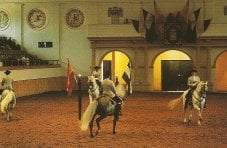
While Cádiz may be the capital, the prize for size and enterprise goes to Jerez de la Frontera, the town of the frontier, some 20 miles inland. The name harks back to the Middle Ages when this and other nearby towns formed the frontier between Christian Castille and Moorish Granada. In the hills to the east is another town with the same suffix: Arcos de la Frontera, one of the Pueblos Blancos - the white villages - brilliant custers of dazzling white buildings that shelter in the mountains on the road to Granada.
Jerez is the city of the three arts that make Cádiz province famous: horses, flamenco and wine. The horses are to be found in the Royal Andalusian School of Equestrian Art, where the high-stepping Carthusians, descendants of the horses found in the Riding School in Vienna, give displays every Thursday in the Recreo de la Cadenas on the edge of the old town. Flamenco, the gypsy dance of AndalucÍa, is to be seen in bars all over the towns, but has its spiritual heart at the Andalusian Flamenco Center right in the heart of Santiago, the gypsy quarter of Jerez. This houses a museum of flamenco, a library, and a dance and guitar center.
Wine, the third art, is to be found everywhere, for Jerez is the sherry capital. Lying at the inland apex of a triangle of brilliant white chalk land, spread with vineyards, it is home to some of the most famous brand names of this fortified wine: Domecq, González Byass, Williams and Humbert, Garvey, Valdespino. It is the only wine of Spain that has been imitated elsewhere in the world, but few imitations do justice to the original. Here, it is an elegant, dry, white wine, one of the world's great aperitif wines, certainly, but also a wine that goes with food.
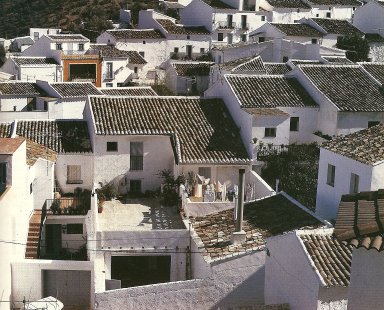
Sherry is more than just a local wine in this corner of Spain, it is part of a way of life. This is a hot, dry land in summer - temperatures in excess of 100° Fahrenheit are common. So work is done early in the day, before the heat becomes too much. After a strong cup of coffee, maybe some churros (fritters made with a stiff batter) as slight ballast, work will start at 8.30am and continue right through until 2pm. Only then will there be a thought of lunch. And just as lunch is later, so too, is the evening meal. After the post-prandial siesta, there will be the early evening walk in the still-warm streets and squares, followed by a visit to a favored bar. Only at 10pm will thoughts of dinner be entertained, and it is quite normal to order a three-course meal at two in the morning.
Eating is a slow and leisurely affair. Before the meal, there must be tapas, little bar snacks, taken with a copita - a glass - of Fino Sherry, the driest sherry style. Tapas vary from a slice of cured ham, to small rings of fried quid, to shrimps in batter, to fried salt cod, to patatas bravas (potato cubes spiced with paprika). The list is endless and is only limited by the imagination of the tapas bar owner and the practicality of eating food neatly and tidily with one hand, while the other holds the glass of sherry.
In Jerez, the tapas bars are in narrow streets that run from the main square of Plaza del Arena, close to the Alcazar, the Moorish castle. A popular pastime is for a group of friends to tapear, to tapas-bar crawl, from bar to bar (seven is the maximum sustainable) trying a different dish - and always a glass of fino - in each. In the other two main sherry towns, the waterside is where the best tapas are to be found. Sanlúcar de Barrameda is on the shores of the estuary of the Guadalquivir River, which not so far away flows through the city of Seville. This is the town that produced Manzanilla sherry, the lightest, driest, most delicate of wines. High, white windowless walls hide cool courtyards, ringed with pots of geraniums, streets leading gradually downward from the Grandeur of the Castle of Saint James, the palace of the Dukes of Media-Sidonia and the vast bodega of Barbadillo, to the beach.
Lining the beach are the town's best restaurants, such as Casa Bigote, often no more than a hole in a wall leading into vast spaces that produce amazing quantities of superbly simple food. There is fish baked or fried, very fresh: swordfish, hake, tuna, monk fish, anchovies. There are dishes of pulses that betray a legacy from the large Jewish population that lived at peace here under Moorish rule, and stews with meats, fiery red peppers stuffed with cheese or shrimp. There are, for dessert, dangerously sweet dishes made from egg yolks - the egg whites having been used, traditionally, as filters for the wines before they are bottled.
From these beach-side restaurants, you can look across the river to the Coto Doñano, western Europe's largest wildlife reserve, a wilderness of wetlands that stretches west toward Portugal. Organized tours in four-wheel drive vehicles are the only way to go to the reserve - booked well in advance through the Doñano office, of course. The effort to see this empty land is worth it.
I have left the third sherry town, El Puerto de Santa María, until last, because it is my favorite. On the outskirts, a marina development, Puerto Sherry, has brought money, new life and rich Spaniards to what is now the most popular resort on Spain's Atlantic coast. But in the old center, this is the town that has best preserved its 18th- and 19th-century glory. Merchants' palaces still line the narrow streets; high facades and green-painted doors hiding their secrets. The town slopes down a gentle hill toward the Bay of Cádiz, past the castle of San Marcos (beautifully restored by one of the local sherry companies), the main square, and on to the fishing harbor and the tapas bars and restaurants that line the quay.
Evening is the best time to wander the streets. A tapas-bar crawl entails little walking: just a few steps along the Ribera del Marisco will take you from the tiny booth of Echatepayá (which means, literally, "move over" - because that's what you have to do to let anybody else in) to the luxury of Los Portales. And afterwards, you can stretch your legs in the waterside Parque Calderon and see the lights of Cádiz across the bay.
